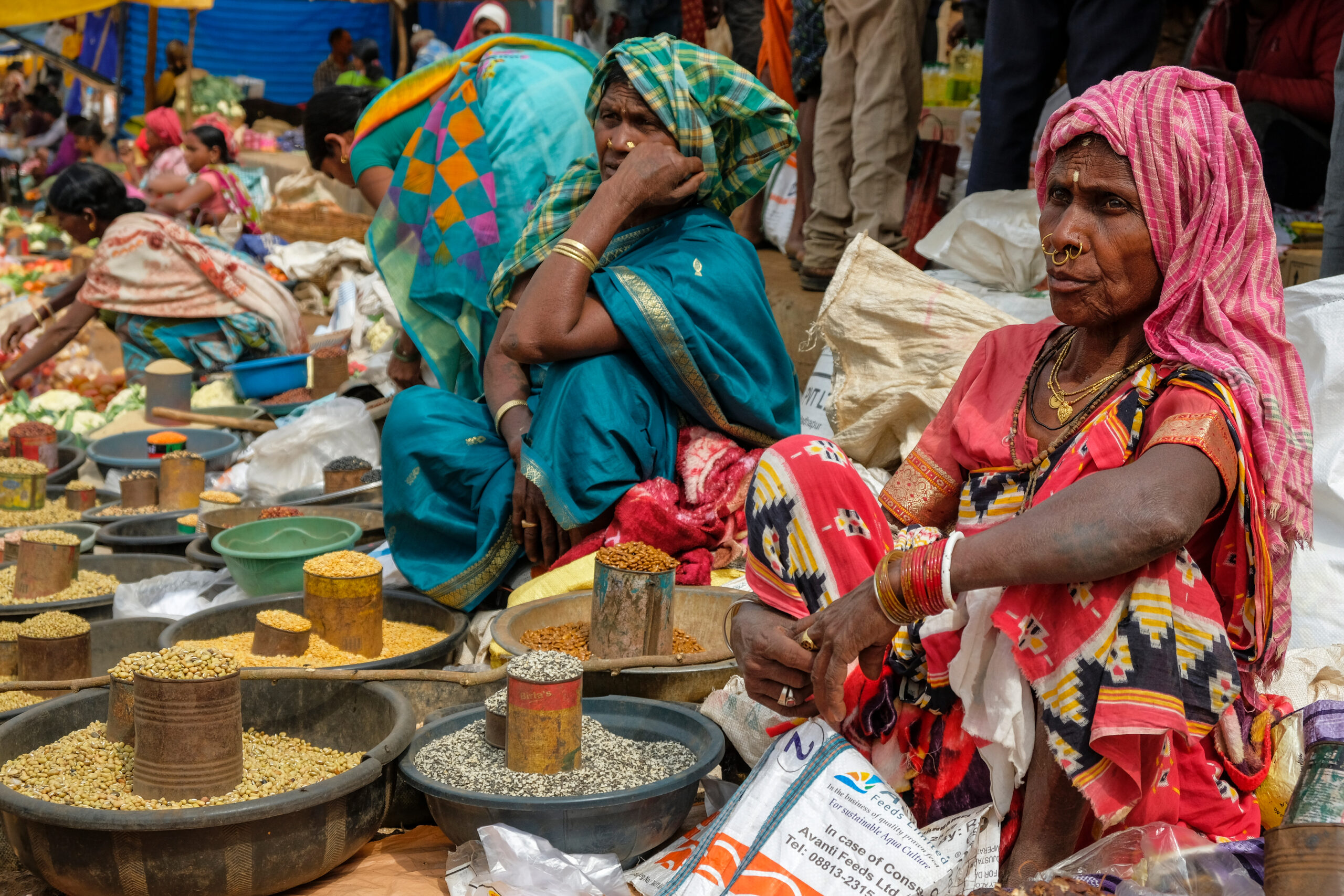
Dr Khwaja Ziyauddin and Dr Md Afroz
August 9 is Adivasi Divas, a celebration of the indigenous peoples of India that draws attention to their ongoing struggles and the International Day of the World’s Indigenous Peoples. The Adivasis constitute a sizeable minority in several Indian states, including Odisha, Jharkhand, Chhattisgarh, and Madhya Pradesh, where they account for 8.6% of the total population. Their numbers don’t change the fact that they are one of the most oppressed communities in India, with problems with land ownership, access to jobs, and representation in government. With a population of 26.2%, the Adivasis face extreme poverty and a lack of access to essential amenities in states such as Jharkhand. The majority of the state’s indigenous people live off the land, however they don’t always have legal title to it. Extensive mining ventures have forced many Adivasis from their ancestral lands and left them with no way to make a living or receive compensation, worsening the situation. Similarly, in Chhattisgarh, where Adivasis constitute 30.6% of the population, government forces and Maoist militants often engage in gunfights, the common Adivasi who were neither part of it nor have association with it are seen in suspicious light and have to face the brunt from both sides. Over the period, caused additional factor for their relocation and economic instability for the community.
Both the public and commercial sectors exhibit glaring employment inequities towards Adivasis. While Adivasis do have a small but noticeable presence in public sector employment (thanks in large part to reservation regulations), their private sector representation is shockingly low, according to national statistics. Consider the shockingly low representation of Adivasis in the formal private sector labour compared to their population share: only approximately 3-4%. Contrarily, Adivasis continue to face obstacles in gaining access to even these reserved possibilities, as seen by government employment data which indicates that they occupy approximately 7-8% of public sector jobs, which is still lower than their population percentage.
Adivasis face economic marginalisation in many forms, including but not limited to lack of work opportunities, restricted access to markets and financial services, and inadequate infrastructure. The Adivasis are a majority in Odisha (22.8% of the population), and they still practise traditional subsistence farming and get most of their food from the forest. Many Adivasis have fallen into poverty as a result of the commercialisation of forest resources and the arrival of large-scale industrial projects, which have jeopardised their traditional economies. Adivasis in places like Jharkhand have a literacy rate of about 57%, which is far lower than the national average and further reduces their employment opportunities in an economy that is fast modernising.
Notwithstanding their large numbers, Adivasis continue to be politically excluded. Despite accounting up 21.1% of Madhya Pradesh’s population, the Adivasis languish in political marginalisation and lack of representation in decision-making authorities. Social stigma and prejudice intensify the political marginalisation of the Adivasis since they are perceived as being outside of the prevailing caste-based social order. A long-standing problem has been the extraction of natural resources from native territories. Thousands of tribal families in Odisha have been uprooted from their homes and stripped of their customary livelihoods as a result of massive mining developments. The lack of effective implementation of the Forest Rights Act has further marginalised the Adivasis by leaving them without legal recourse. Adivasi communities have been more vocal and active in recent years, drawing attention to tribal issues. When it comes to addressing the reasons of Adivasi marginalisation, however, government programs meant to improve socioeconomic status have frequently failed. Despite their good intentions, critics say these programs don’t give Adivasis the tools they need to successfully protect their rights and identity.
At the end: The fight for the rights of the Adivasi people is still ongoing. It will take a united front to address these groups’ issues by listening to them, protecting their rights, and valuing their distinctive identities. True social fairness requires persistent work, and while we consider the Adivasis’ path from oppression to empowerment, we must not forget their resiliency.
